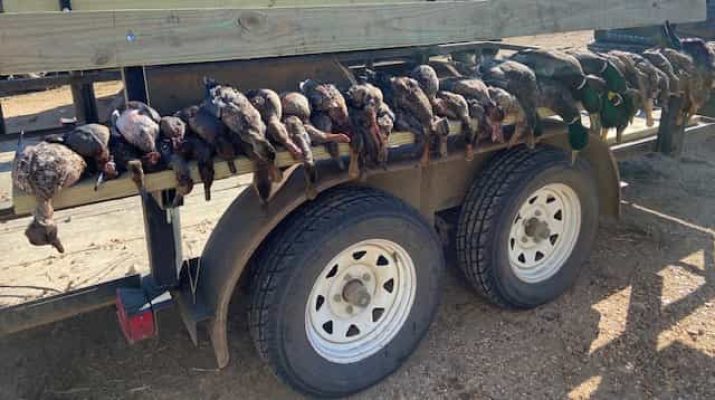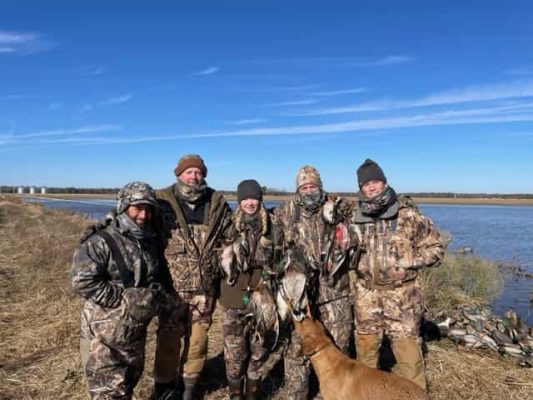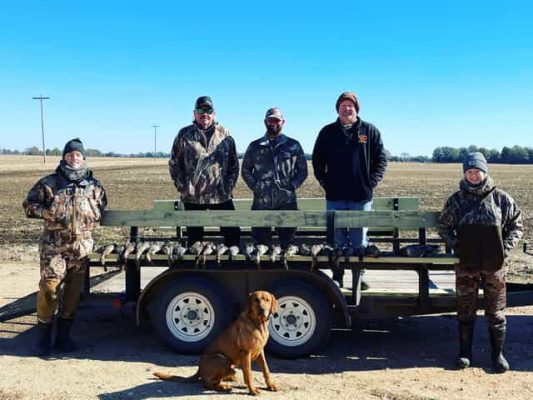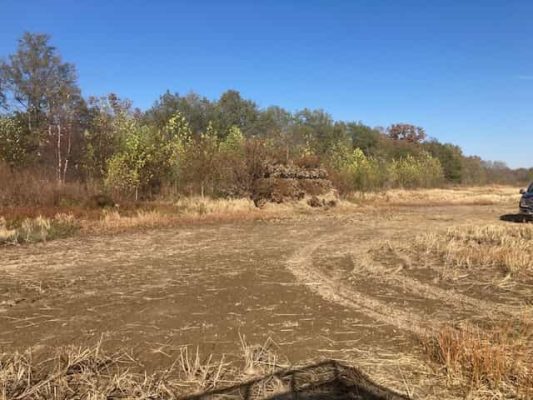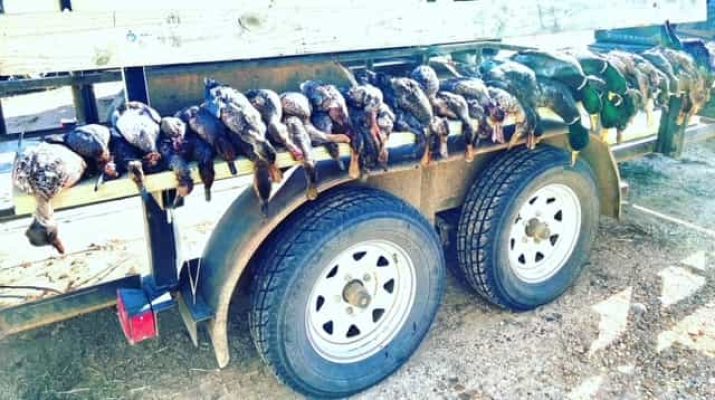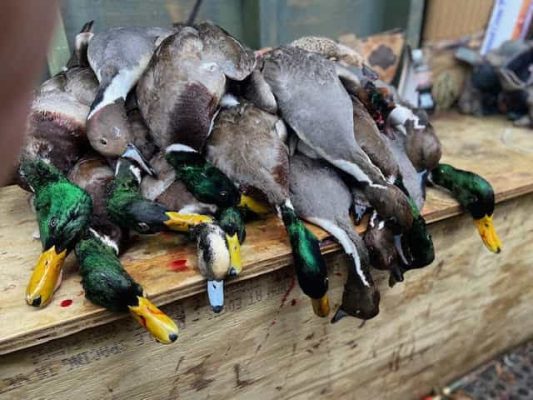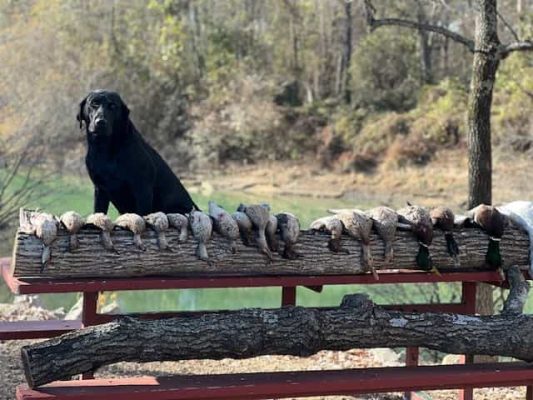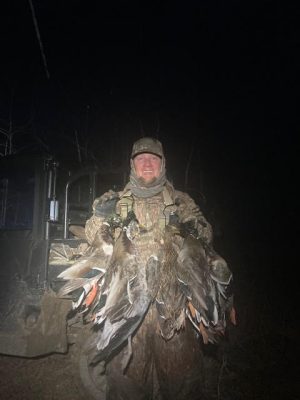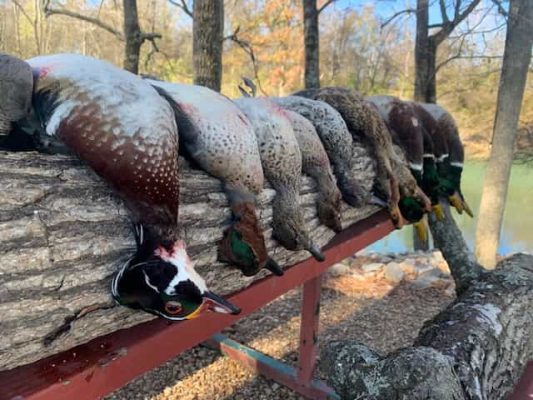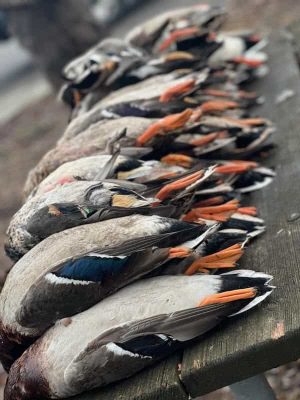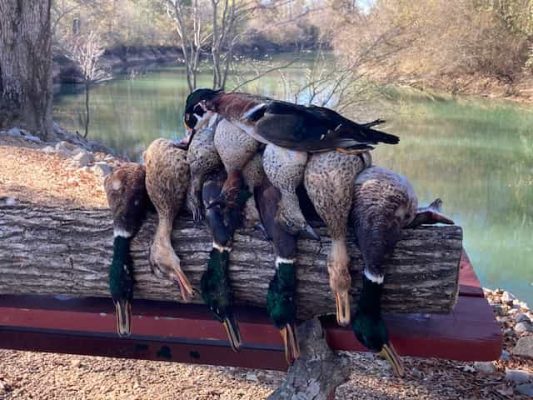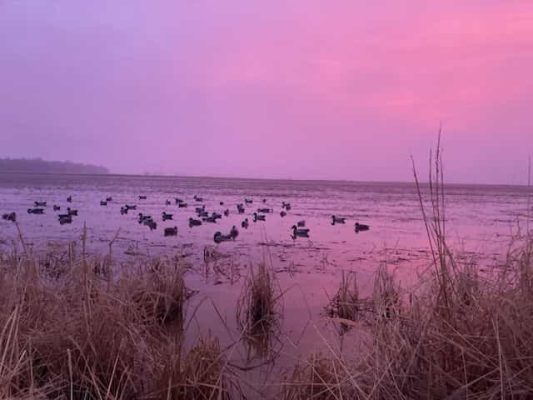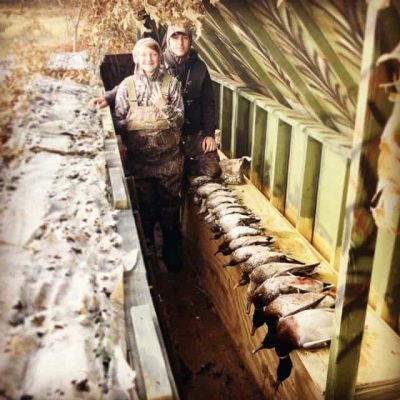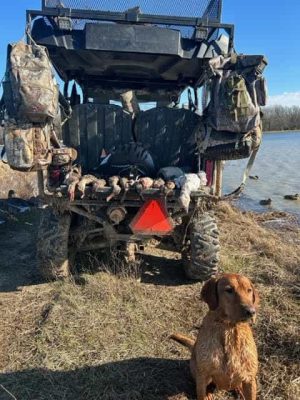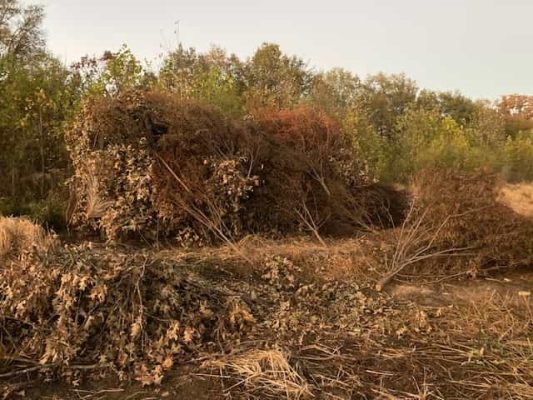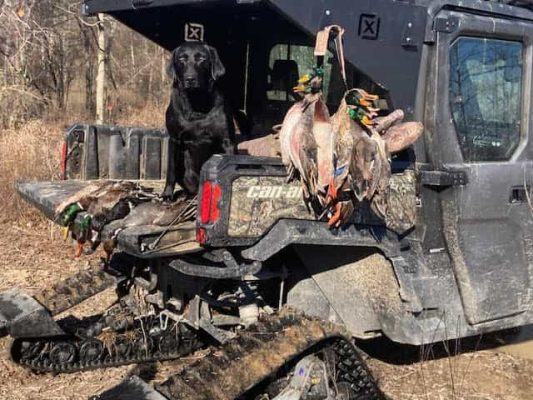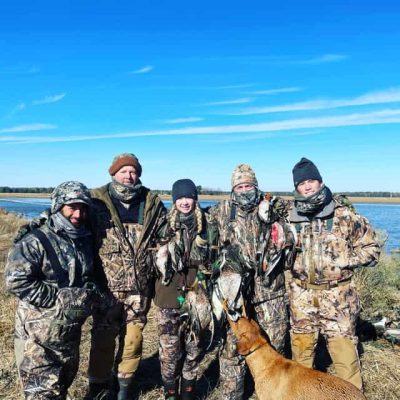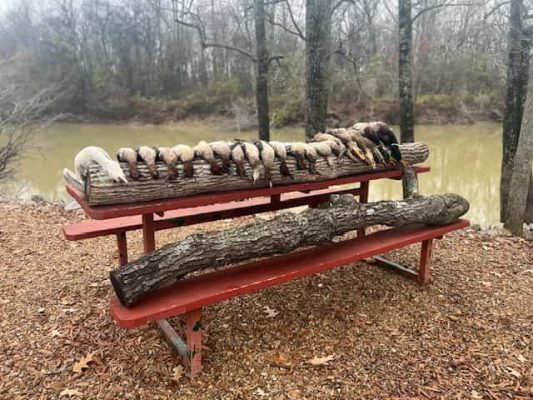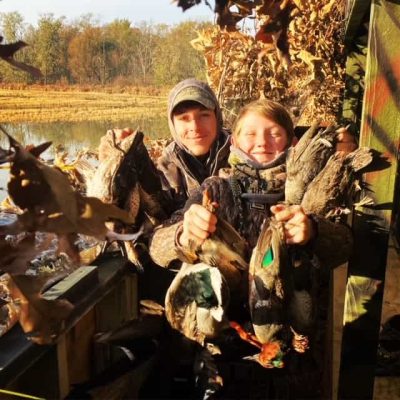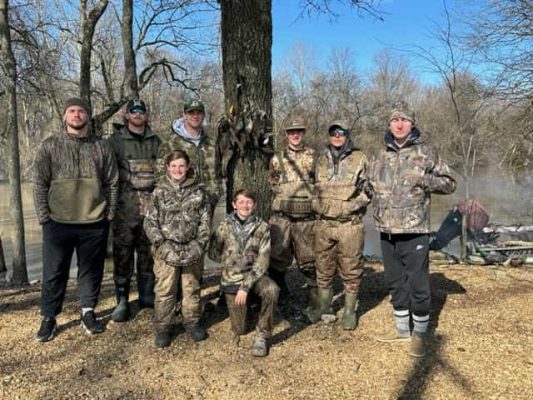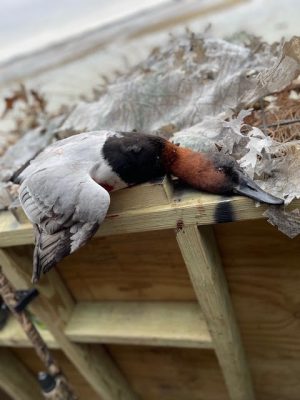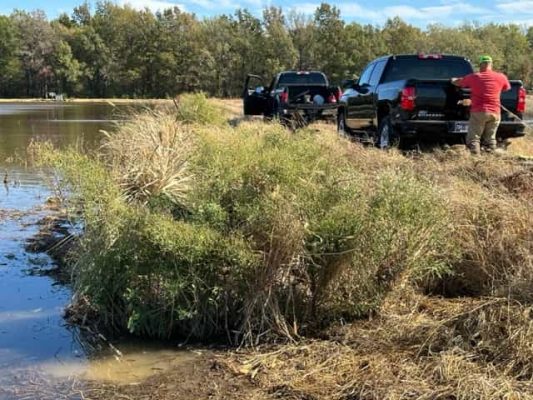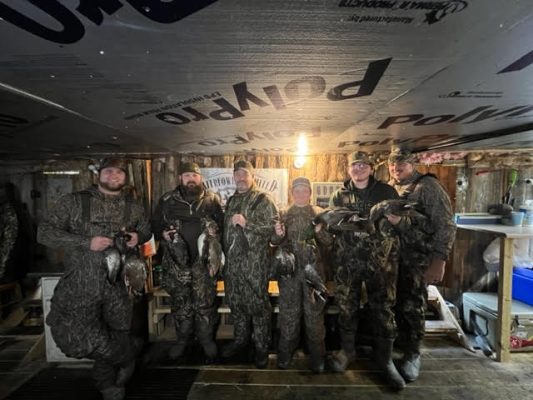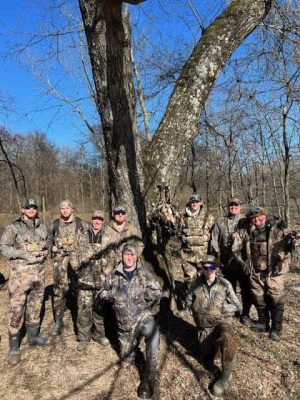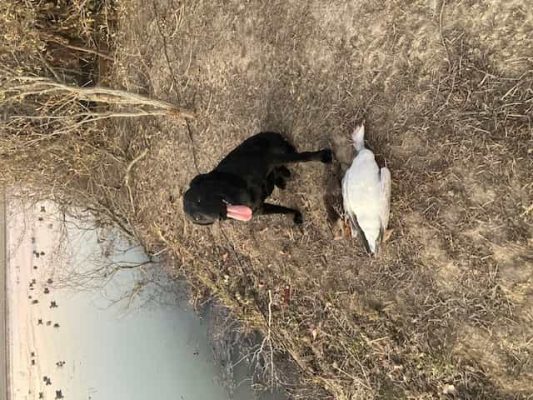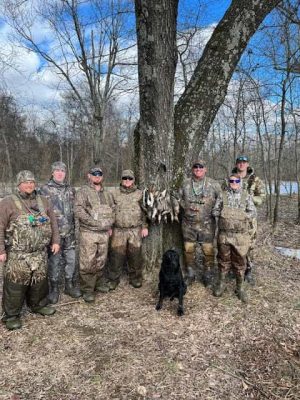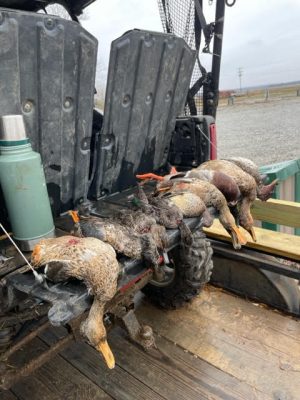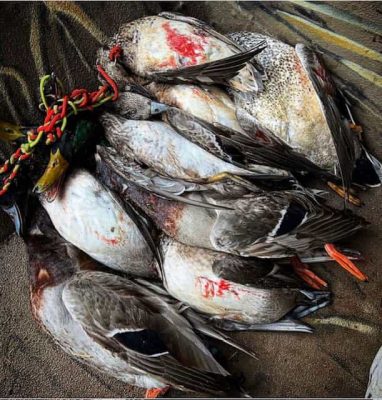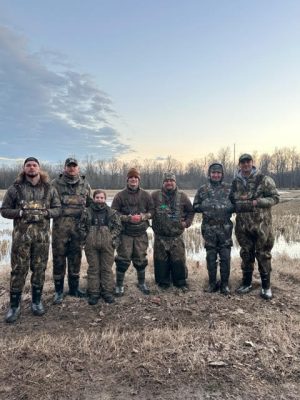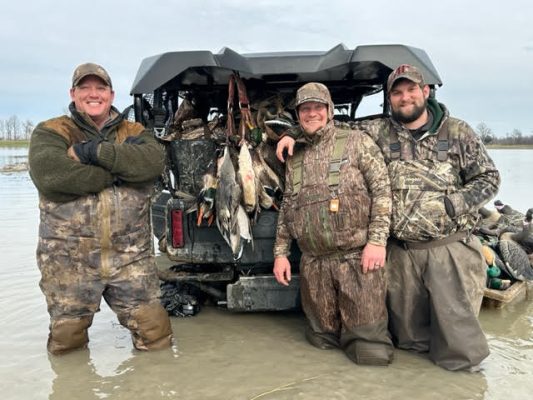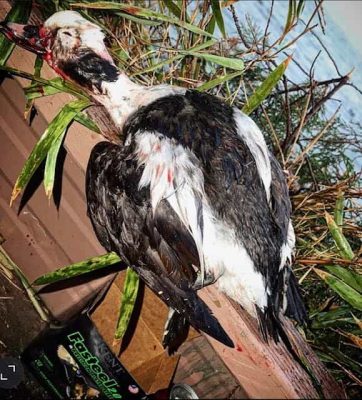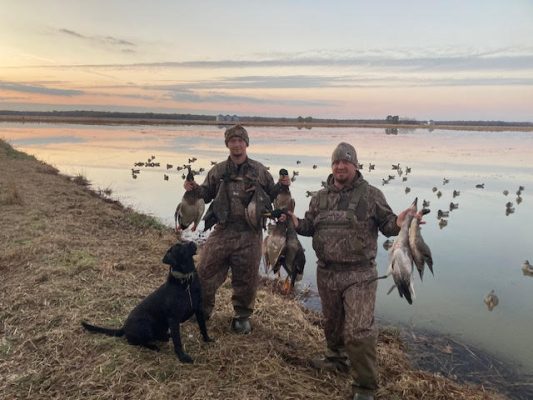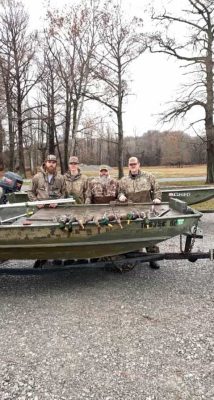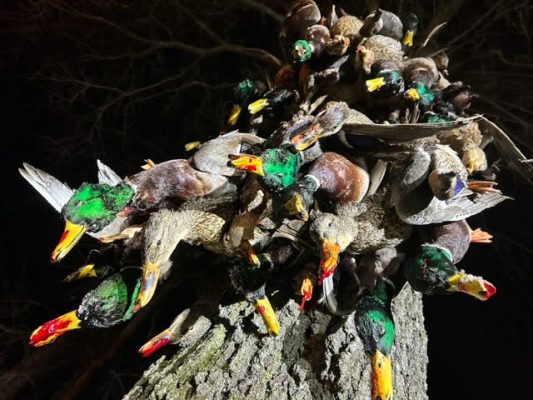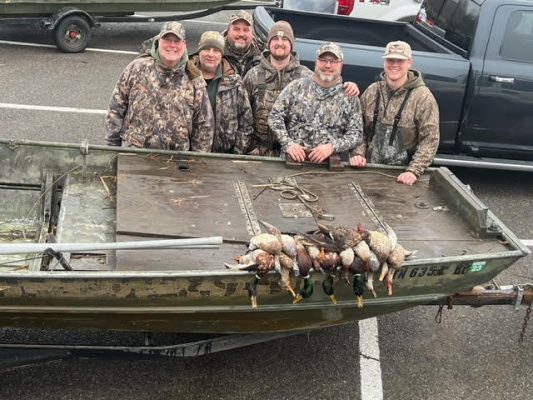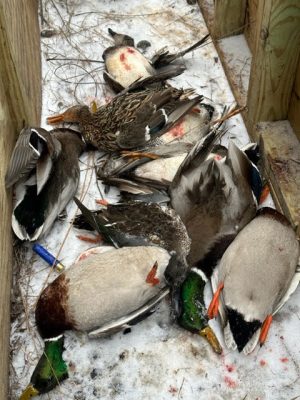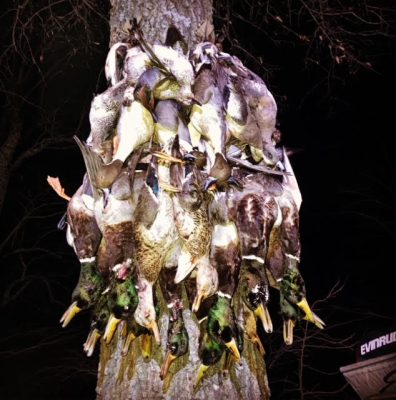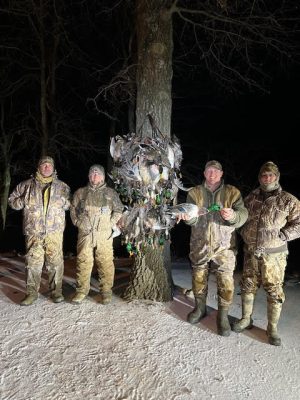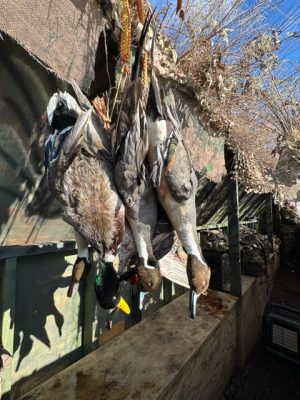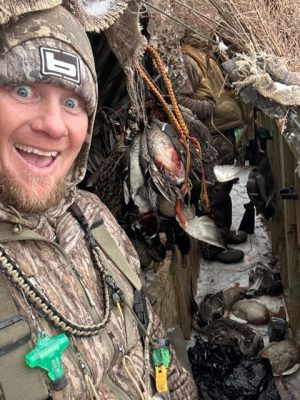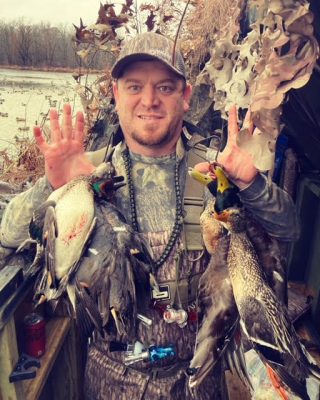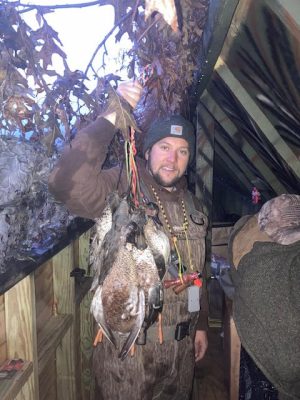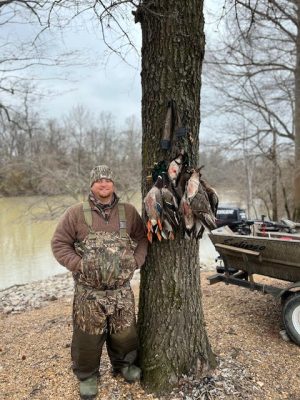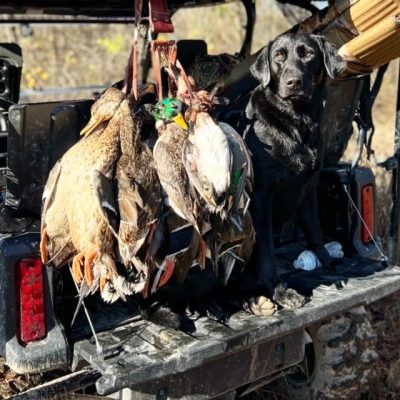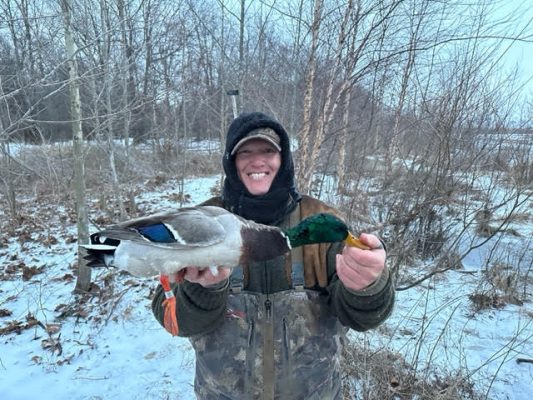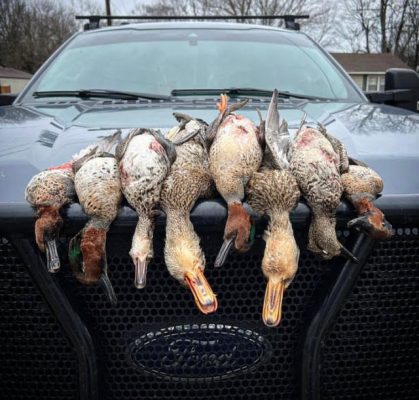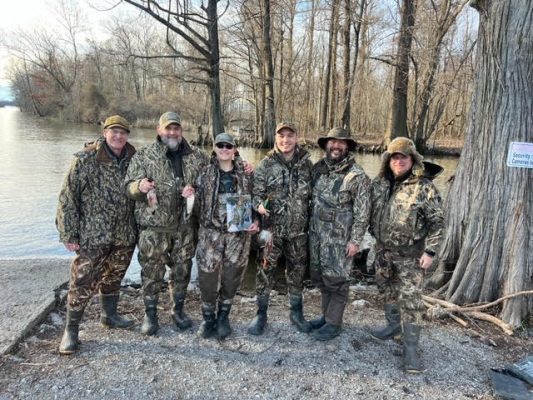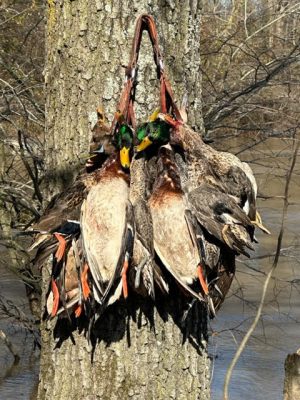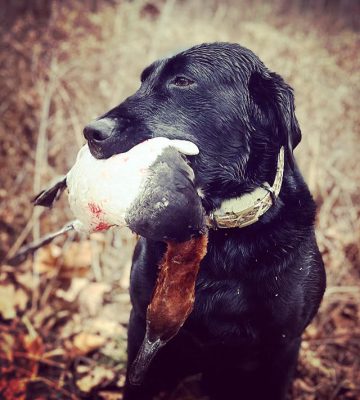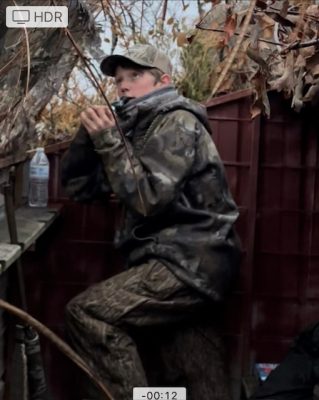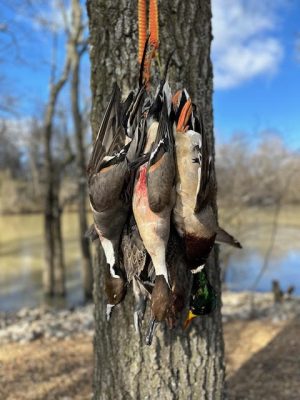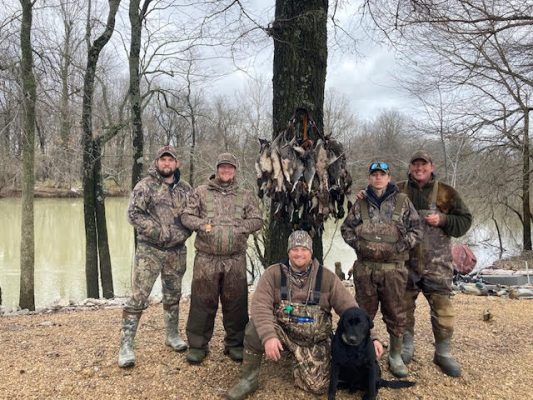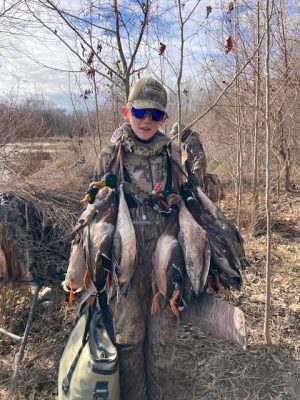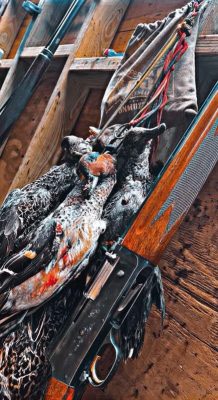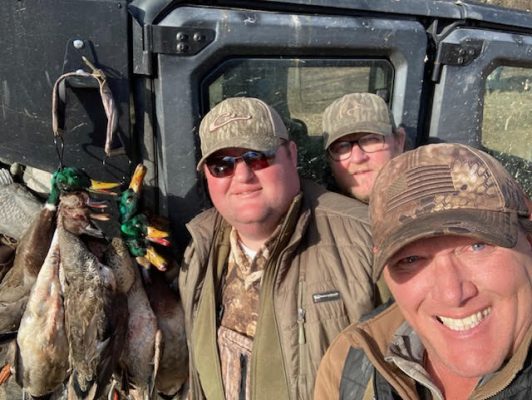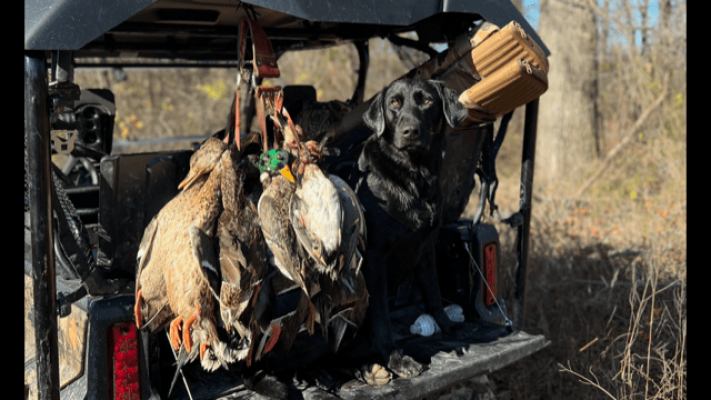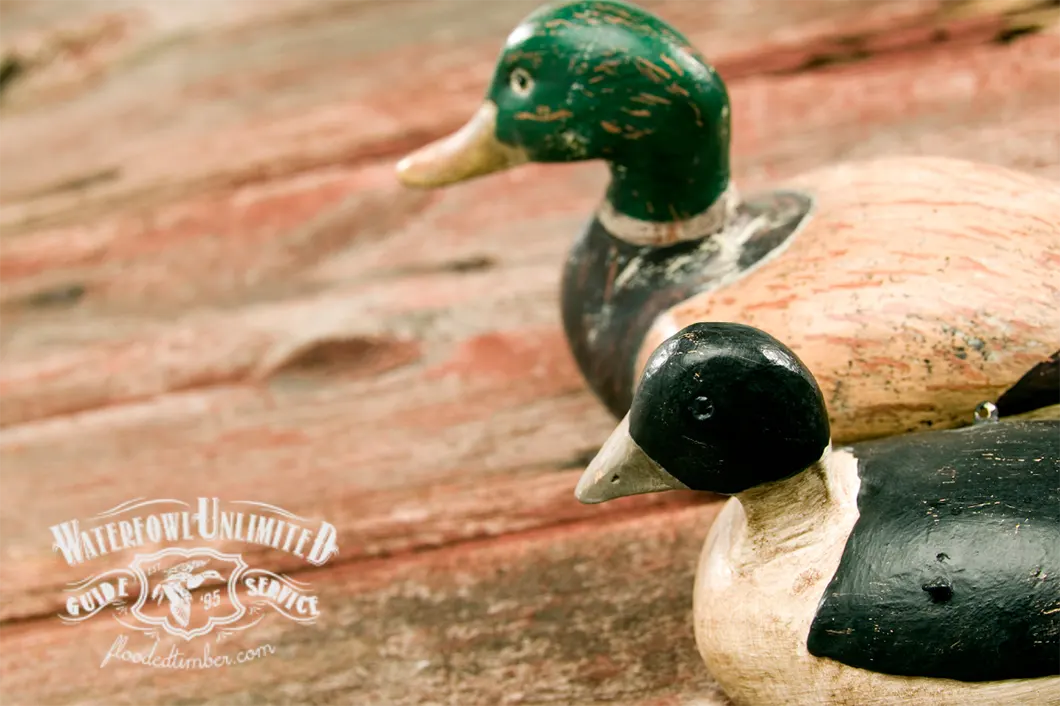
Can You Use Too Many Decoys in Flooded Timber Duck Hunting?
Hunting isn’t all about the make and model of a shotgun and its pellets, or the quality of your call.
If you’re an avid duck hunter, you may already know the ins and outs of what makes a good decoy. However, if you’re just starting out in the waterfowling world, then you may not be as familiar with these intricate devices. Simply put, decoys are usually wooden or plastic designs in the shape of waterfowl, such as common ducks or geese. They can be quite simple, or carved in the most photorealistic style! They can be purchased in the hundreds to thousands, and are used as a “spread” in the wilds while out hunting to lure in unsuspecting birds. Knowing how and where to place them can be a crucial step during guided duck hunting trips, and their usefulness shouldn’t be understated.
You’ll need to be aware of how many decoys are too many – or too little! You’ll also need to take into account their movements and motions (if any), their posture, whether they’re hollow or weighted, how far apart they’re spaced from each other, and so much more. You’ll need to strike a delicate balance between all of these factors for a successful ambush on your prey. In this sense, duck decoying is a fine art honed for years by hunters all over the world – it’s not for the faint of heart!
Types of Decoys
Believe it or not, there are hundreds of variations of duck decoys available on the market. Ranging from the material they’re made of, whether they float on water or have stands installed, if they’re silhouettes or windsocks or shell decoys, all the way to their weight, portability, and appearance. Let’s not forget their price points, too; one decoy can go as low as $10, while industry-leading flocks can rake in hundreds of dollars!
If you’re just starting out or going on your first guided flooded timber duck hunting tour, then there’s nothing wrong with bringing the cheapest decoys out first. It’s more important to learn how to use them to their full capabilities, otherwise you’ll just be throwing your money to the wind and having nothing to show for it after your hunting trips.
The More, the Merrier
Let’s be completely honest here – you can’t go wrong with having too many decoys. They’re one of the most important tools a hunter could have, along with their shotgun and calls. Many people believe decoys are vital in the “final sell” – they’re what makes any bird flying overhead glide down for a closer look, where you’ll be primed and ready to make the shot.
Consider the size of the lake or flooded timber or field you’ll be in. Pools of water that are on the smaller side may just need about a dozen decoys or so. In large, open areas or bodies of water you can access with a boat, don’t forget to bring a partner or two – your decoys here may number in the hundreds to sometimes thousands. Whether you’re stalking through a bay, flooded field, or marsh, having hundreds of decoys at your disposal can only bring benefit to you.
The #1 Premium Guided Flooded Timber Duck Hunting Guide in TN and AR
Finding and planning for a flooded timber duck hunting guide can be like pulling teeth – which is why you don’t have to look further than Reelfoot Lake Duck Hunting Guide. We’ve been traversing the blinds of both Tennessee and Arkansas since our forefathers in the early 20th century. Take advantage of our generations-long knowledge and expertise of waterfowling, and get ready for some truly unforgettable duck hunting trips. Reserve space for your lodging today!





